1. Sharks Started It
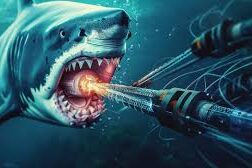
There are more than 800,000 miles of fiber-optic cables running beneath the world’s oceans carrying 95% of all international data. These lines are faster, more reliable, and far more essential than satellites. But they have one surprising weakness: animals. Sharks were the first to gain the odd reputation. In 1987, off the coast of New Jersey, five different cables were bitten through, sparking chaos and costly repair efforts. Experts could not explain it, but it was clear marine life had discovered our hidden wires. That was just the beginning of nature testing technology in unexpected ways.
2. Why They Do It

The question of why sharks and other sea creatures bite cables still has no single answer. Some scientists point to the weak electric fields that fiber-optic lines emit, which may confuse predators searching for food. Others suggest it is plain curiosity, the same instinct that leads sharks to mouth boats or surfboards. A few think aggression might play a role when an object feels out of place in their environment. What remains true is that these bites are not constant attacks but small mysteries that disrupt the world’s biggest system of communication.
3. Other Animals Joined In
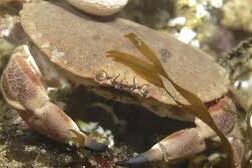
While sharks captured headlines, they are not the only culprits when it comes to cable damage. Crabs, worms, and shrimp have all played a part by nibbling or burrowing through protective layers. Even whales have accidentally dragged cables from their resting places on the seafloor. These animals are not targeting the lines with purpose but rather interacting with what lies in their natural path. The result, however, can be the same: a break in service that halts the flow of information for millions of people who rely on those hidden connections.
4. It’s Really Hard to Fix
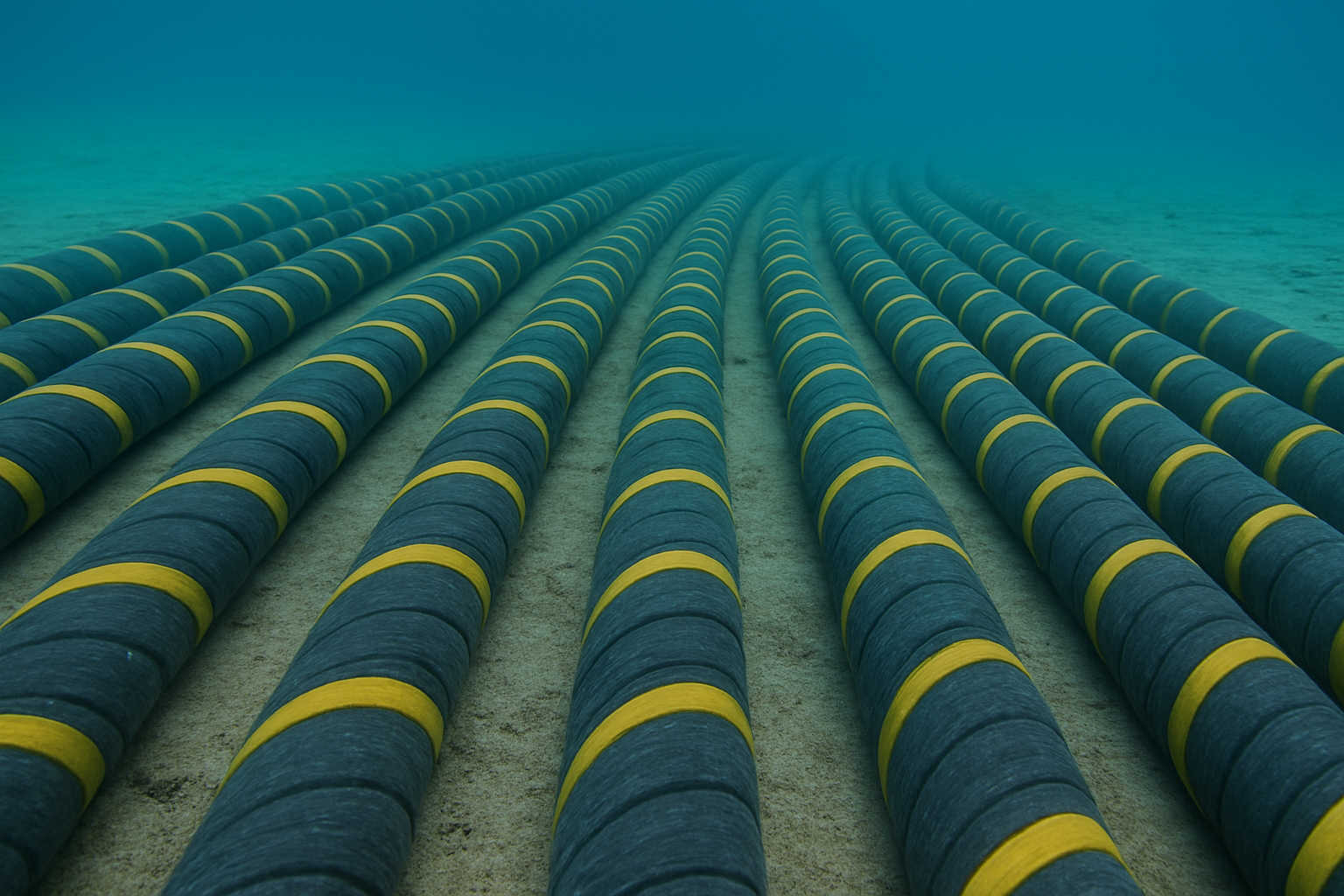
When something goes wrong with a cable far beneath the ocean, repairing it is an extraordinary task. First, the fault must be found, which can take time given the thousands of miles covered. Then a special ship lowers equipment to retrieve the line, which may be resting at depths over 10,000 feet. Once brought up, engineers splice and reinforce it before lowering it back. Each step requires patience, skill, and favorable weather. Entire regions may wait days or even weeks for a successful repair. The difficulty makes every incident a serious challenge.
5. The Costs Are Rising
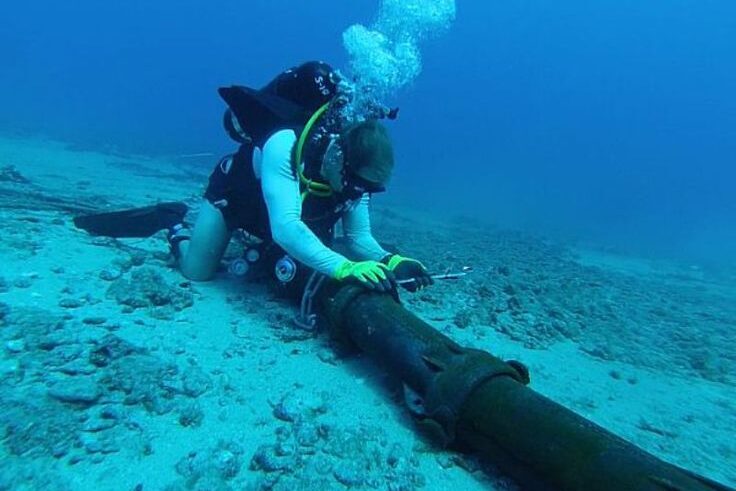
The money spent on repairing damaged undersea cables is staggering, and the larger losses often come from downtime rather than the fixes themselves. A single repair can run millions of dollars, but industries like banking, airlines, and hospitals feel the impact when digital systems are disrupted. In regions that rely heavily on a few connections, even short interruptions can cause massive inconvenience. While accidents from ships or earthquakes remain more common, animal damage adds another unpredictable cost. Each bite or tug becomes not only a technical issue but also an expensive reminder of dependence.
6. It’s Happened in the U.S.
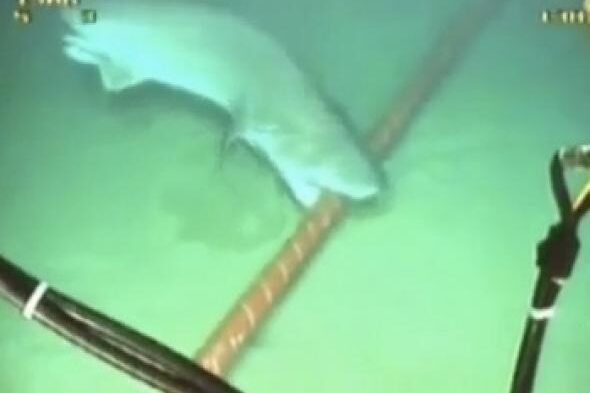
The famous 1987 shark incidents along the New Jersey coast were the first well-documented examples of animals biting into cables, but they were not the last. As more lines are laid to connect distant regions, encounters with wildlife continue. The United States, with its busy coastlines and heavy reliance on undersea links, has seen several episodes since. In some cases, newly installed cables seem especially prone to attention from curious creatures. The events are not everyday disasters, but when they happen, they remind us of the hidden fragility beneath even advanced infrastructure.
7. Satellite Isn’t Enough
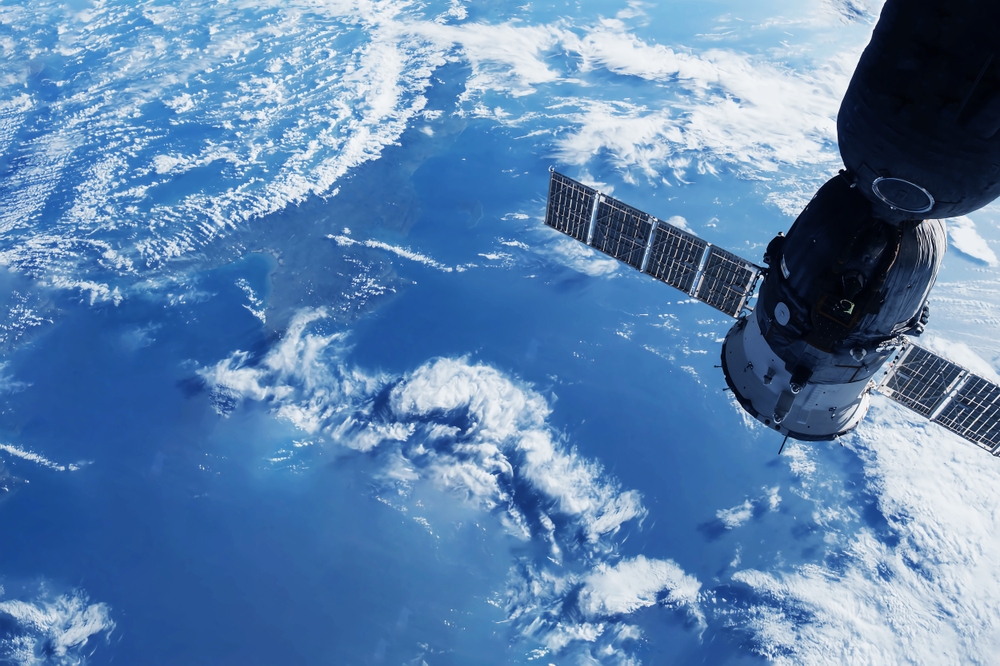
It is tempting to think satellites could replace the vulnerable web of undersea cables, but the reality is different. Satellites handle limited traffic, often with slower speeds and more delays, while fiber-optic lines move massive amounts of data quickly and efficiently. They remain the backbone of the global internet, carrying almost everything from banking to video calls. Systems like Starlink may fill gaps in rural or remote areas, but they cannot carry the world’s load. That means as advanced as we become, we still rely on cables sitting quietly on the seafloor.
8. The Ocean Has a Long Memory
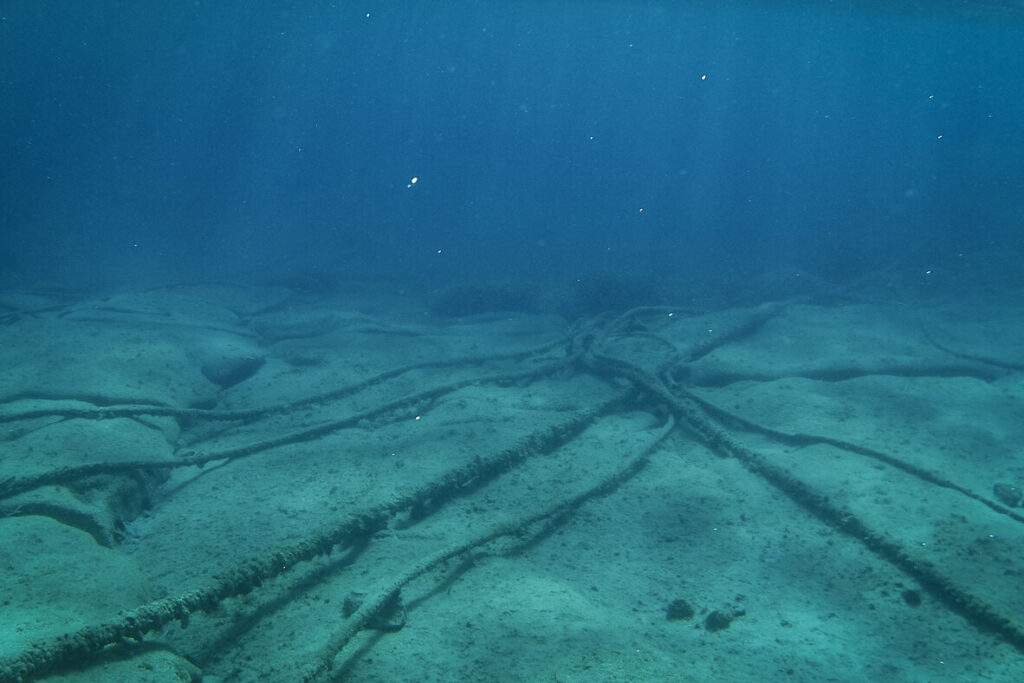
What lies beneath today is not entirely new. Some modern cable routes overlap with paths carved more than a century ago by telegraph wires. Back then, nations fought to connect continents, and the sea became the stage for fragile lines of communication. Today the technology is faster and more complex, yet the vulnerabilities echo the past. Just as storms and creatures once disrupted telegraphs, they now nibble or drag at the internet’s hidden backbone. It is proof that progress still has to respect the unpredictable rhythms of the natural world.
9. So Is It Getting Worse
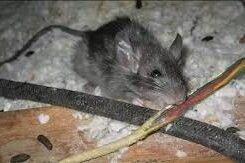
The frequency of animal-related cable incidents is still relatively low compared to accidents caused by human activity or natural disasters, but the risk is not shrinking. Each year more cables are laid across untouched seabeds to keep up with growing demand. With every new route, the chance of curious or hungry creatures interacting with them increases. Engineers try to build stronger protective layers, yet no defense is foolproof. Sharks, worms, and others will always be part of the story. Expansion inevitably brings exposure, and exposure brings these odd underwater encounters.
10. Why This Story Still Matters
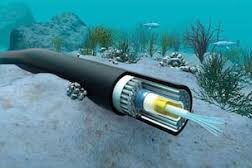
The internet feels weightless, like it exists only in invisible clouds, but its foundation runs along the ocean floor. Animals have bitten it, dragged it, and bored through it, leaving small but costly scars. These events may not top the charts of global threats, but they highlight a simple truth: our most advanced technologies remain tied to the natural world. Each disruption, whether from a shark’s bite or a worm’s burrow, reminds us of that connection. The internet is not above nature, it is part of it. And that perspective still matters.


